In Focus: The fakes that became worth more than the originals — and how they made Meissen's name
Huon Mallalieu tells the tale of an 18th century fraud perpetrated on the ceramic-loving public
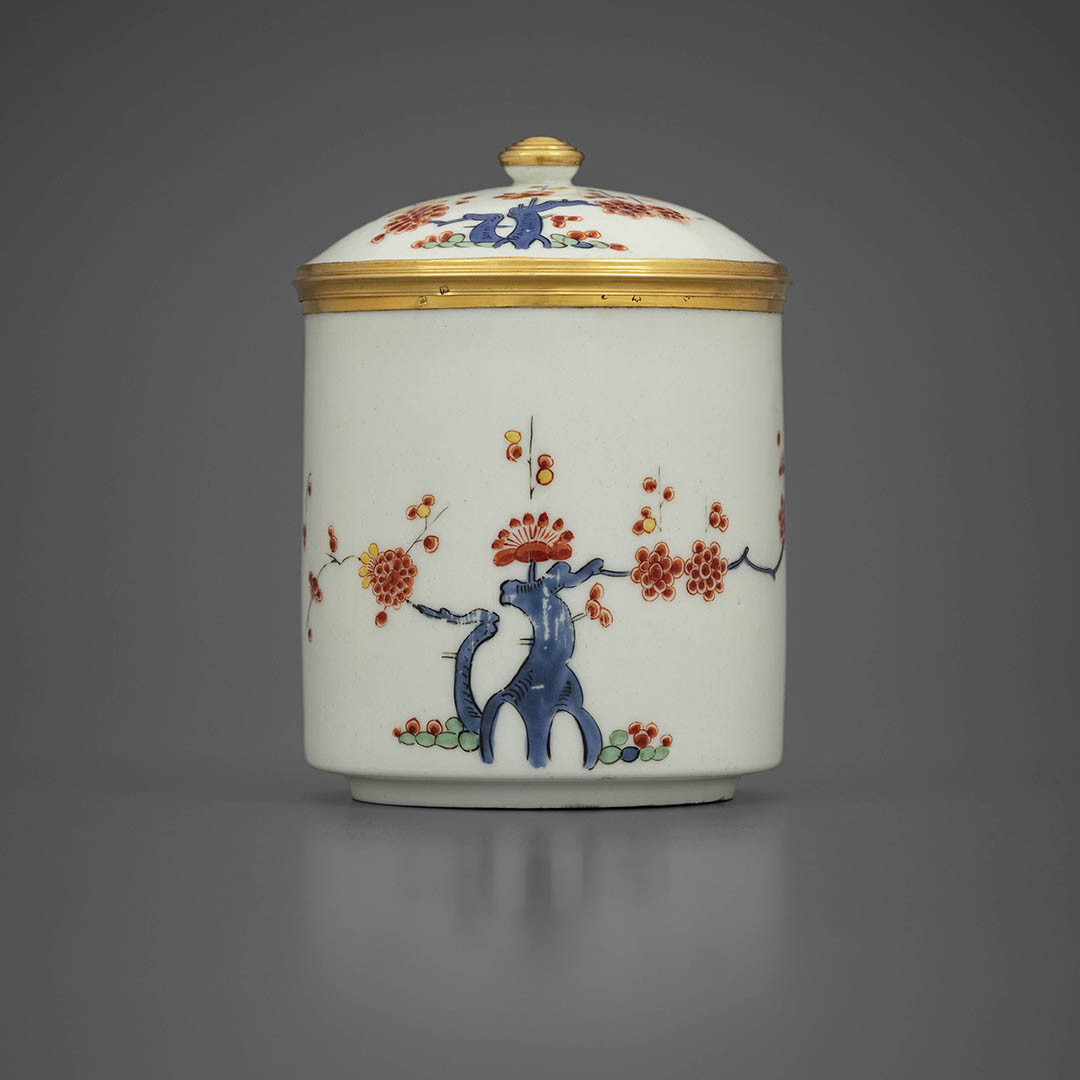
In 2012, Dr Julia Weber, director of the Saxon state porcelain collection, wrote an article in the catalogue for Art Antiques London on an ambitious scam perpetrated by a Parisian porcelain dealer in partnership with the Elector of Saxony’s Home Secretary, a story relevant to a piece currently for sale in Paris.
This skulduggerous pair were Rodolphe Lemaire, born in 1688 of a family of marchands faïencier, and Karl Heinrich, Graf von Hoym (1694–1736), who had spent some years enjoying himself in Paris before becoming Saxon ambassador there. Unlike the majority of speculators, he had done very well from John Law’s Mississippi Company bubble, using the proceeds to acquire a considerable collection of Old Masters.
He also succumbed to the Parisian craze for Japanese Arita Kakiemon porcelains, which derived from Chinese colours and patterns and, in the West, were often referred to as Chinese. This interest may have been relevant in 1728, when Augustus the Strong, Elector of Saxony and King of Poland, summoned him home to be a minister, as his responsibilities included directing the Meissen porcelain manufactory, Augustus’s pet project.
At that point, the supply from Japan had dried up, prompting Lemaire and his associate, Jean Charles Huet, to seek other sources. At first, Lemaire had ceramics decorated for him in the Netherlands, then he moved to Dresden, where von Hoym arranged an interview with Augustus. Lemaire was thus allowed to commission Meissen copies of Kakiemon pieces he had brought with him, some for Augustus and more to sell in France. Augustus stipulated the copies must carry the factory’s crossed swords mark in underglaze blue, to advertise Saxon skills.
"Once the fraud had been exposed, the pieces sold in Paris became a superb advertisement for Meissen’s quality"
However, the Elector-King had to spend much time in Warsaw to establish his rule there and the duplicitous pair put his absences to great advantage. Von Hoym and Huet had genuine Kakiemon pieces from Augustus’s vast collection copied and then leant on the decorator Gregorius Höroldt to paint the crossed swords over rather than under the glaze, so that they could later be removed by nitrate acid or scraping with a diamond to be replaced with supposed Chinese marks. Lemaire took 2,500 pieces, some not marked at all, and von Hoym kept another 1,800. A number reached Paris, where Huet sold — and priced — them as genuine Chinese, but, when Augustus returned in 1731, the game was quickly up.
Von Hoym had made many political enemies, who regarded him as ‘Frenchified’. His collections were seized and he was sacked before being tried on a lurid variety of charges, some trumped up. Eventually sentenced to life imprisonment for treason, he committed suicide in Königstein Fortress. Lemaire was also jailed for a spell, before being expelled from Saxony and disappearing from history.
Ironically, once the fraud had been exposed, the pieces sold in Paris became a superb advertisement for Meissen’s quality and, for a while, Huet made his fortune from the monopoly to sell genuine Meissen pieces in France.
Sign up for the Country Life Newsletter
Exquisite houses, the beauty of Nature, and how to get the most from your life, straight to your inbox.
It is thus appropriate that I have been reminded of the tale by Laura Kugel, of the Parisian Galerie Kugel, which deals in treasures and curiosities of all sorts, currently including an unmarked gold-mounted Lemaire Kakiemon Meissen covered jar. Gold or ormolu mounts for Oriental porcelain was another fashion that originated in France. This one was made by the specialist Jean Gaillard II in 1731–32. The cover is restored, but the decoration of prunus and blue birds is charming — and the story is good.
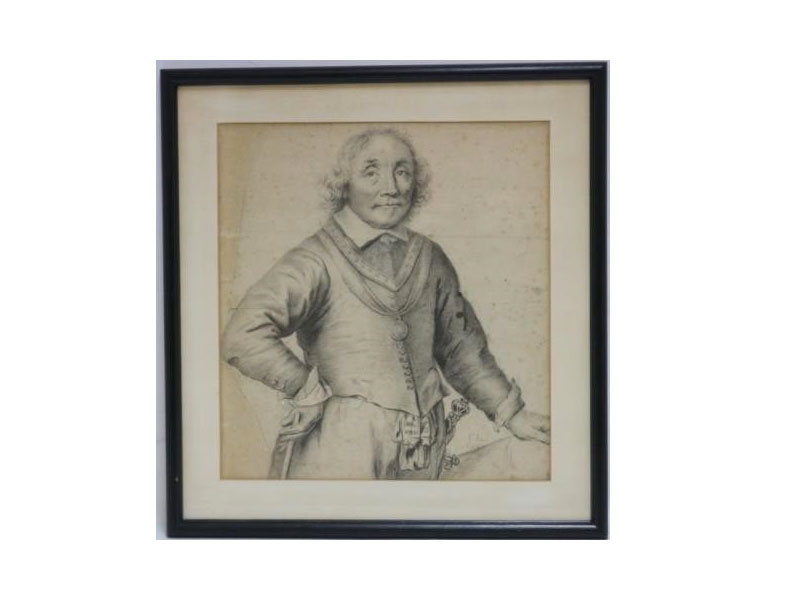
In Focus: The dusty old drawing set to make £200 at auction... and how it eventually sold for £400,000
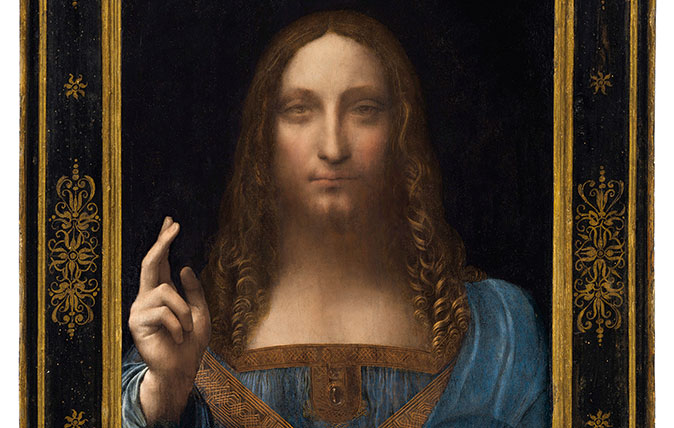
Credit: Leonardo da Vinci
The awkward questions that still need answering about Da Vinci's $450m Salvator Mundi
The dust has now settled following the $450 million sale of Leonardo Da Vinci’s Salvator Mundi. But there are still
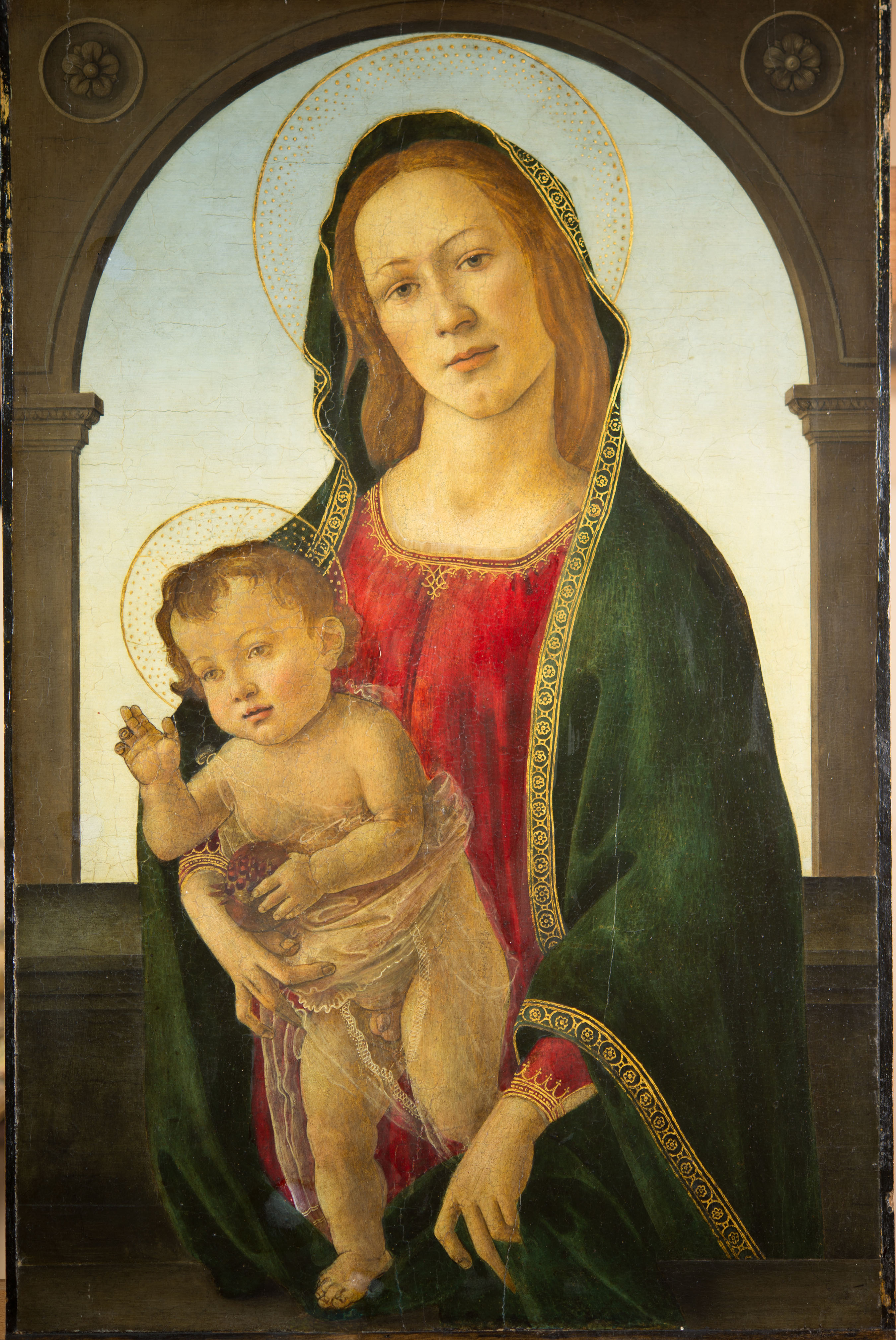
Botticelli 'copy' in a Welsh museum turns out to be the real thing worth tens of millions
For years, a work thought to be in the style of Sandro Botticelli languished in a museum storeroom. But since
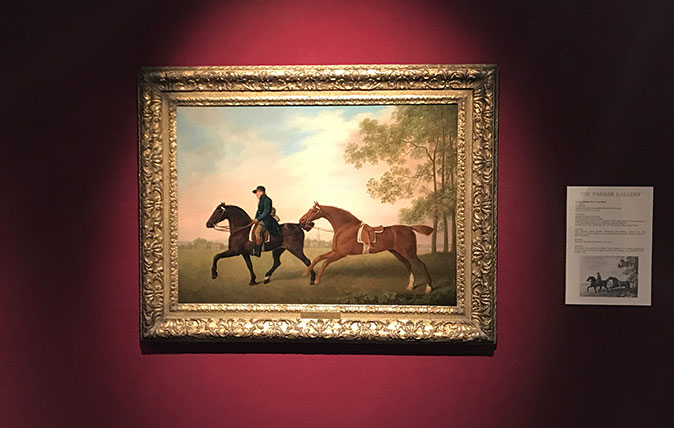
Credit: Two Hacks by George Stubbs (Parker Gallery)
Long-neglected ‘copy’ turns out to be original Stubbs worth £750,000
Gallery owner Archie Parker thought something was amiss when he came across this painting in an online sale catalogue, and
Toby Keel is Country Life's Digital Director, and has been running the website and social media channels since 2016. A former sports journalist, he writes about property, cars, lifestyle, travel, nature.
-
 'To exist in this world relies on the hands of others': Roger Powell and modern British bookbinding
'To exist in this world relies on the hands of others': Roger Powell and modern British bookbindingAn exhibition on the legendary bookbinder Roger Powell reveals not only his great skill, but serves to reconnect us with the joy, power and importance of real craftsmanship.
By Hussein Kesvani
-
 Spam: The tinned meaty treat that brought a taste of the ‘hot-dog life of Hollywood’ to war-weary Britain
Spam: The tinned meaty treat that brought a taste of the ‘hot-dog life of Hollywood’ to war-weary BritainCourtesy of our ‘special relationship’ with the US, Spam was a culinary phenomenon, says Mary Greene. So much so that in 1944, London’s Simpson’s, renowned for its roast beef, was offering creamed Spam casserole instead.
By Country Life
